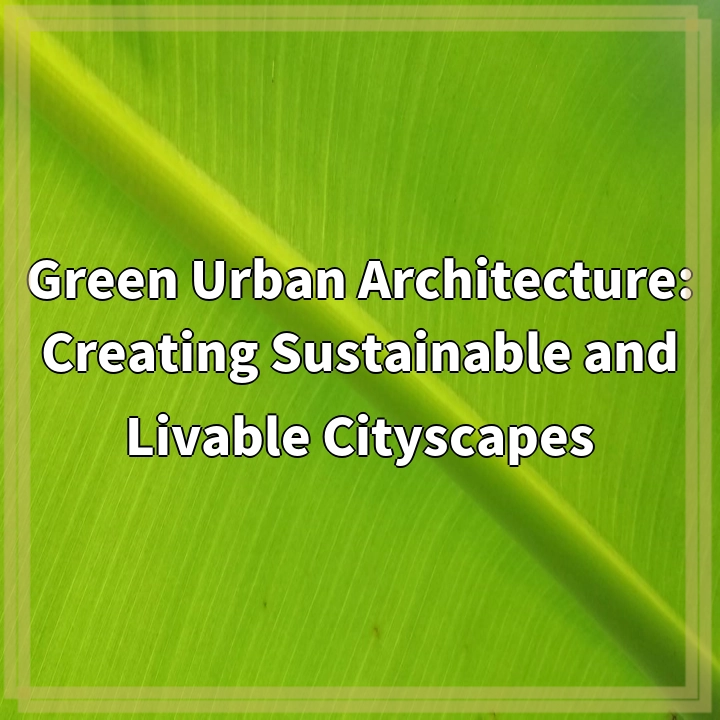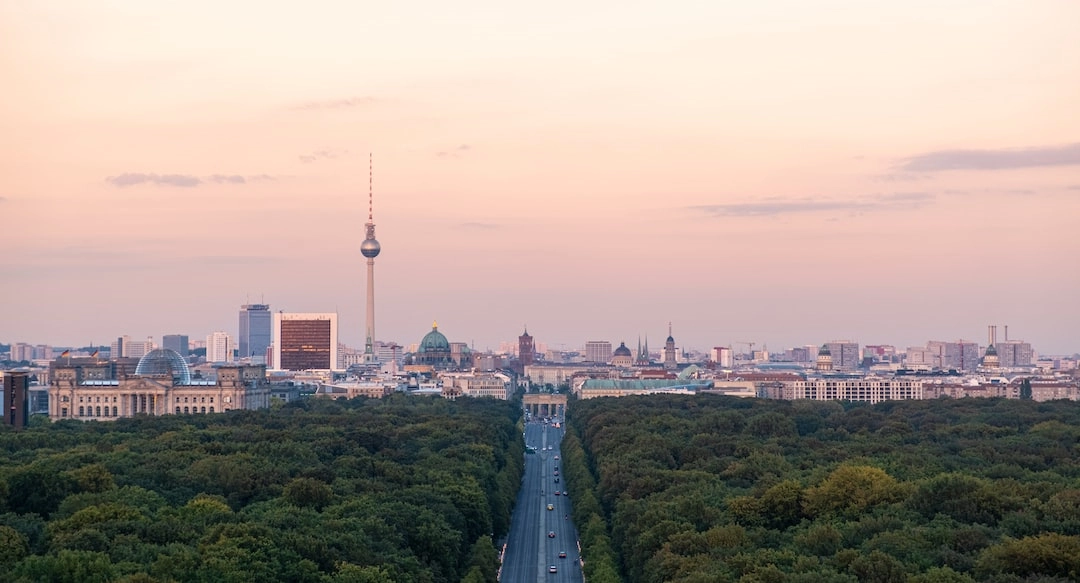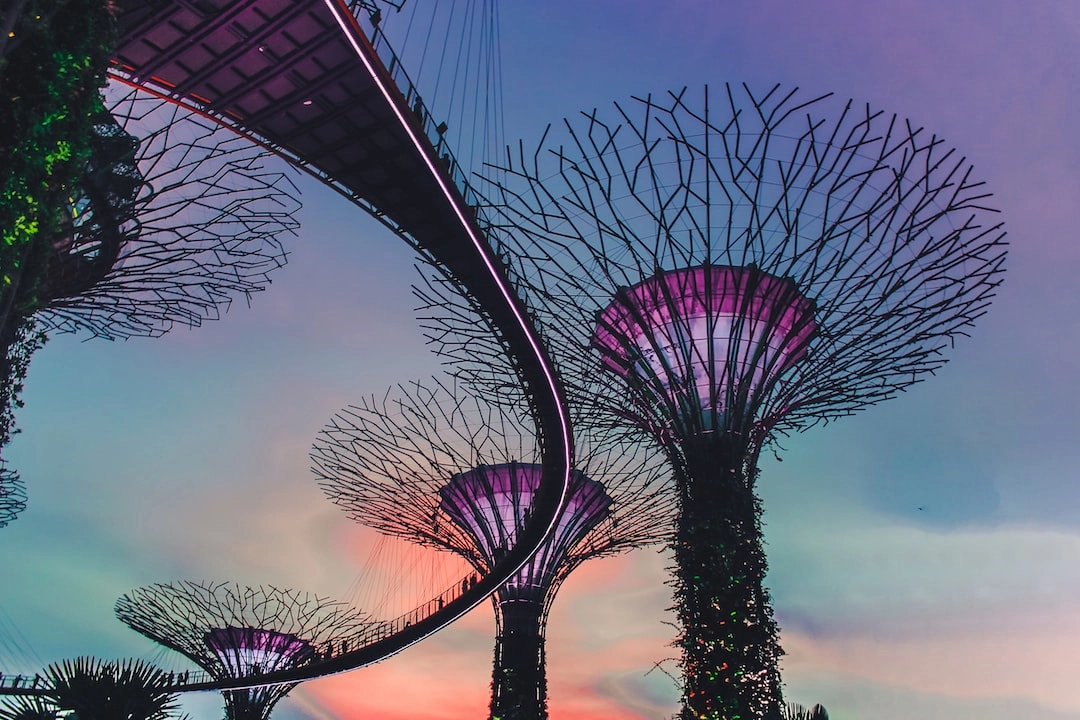
What is Green Urban Architecture?
Green Urban Architecture refers to the design and construction of buildings and infrastructure within urban environments that prioritize sustainability and livability. It involves incorporating environmentally-friendly practices and technologies to create cities that are more energy-efficient, socially inclusive, and aesthetically pleasing. This approach strives to minimize the ecological footprint of urban areas while enhancing the overall well-being and quality of life for residents.
Real-world Problems Associated with Green Urban Architecture
Despite its many benefits, implementing Green Urban Architecture does come with several challenges and obstacles. Some of the key real-world problems associated with this approach include:
Limited Space and High Population Density
Many urban areas face the challenge of limited space and high population density. This can make it difficult to incorporate green spaces and sustainable infrastructure without compromising on the overall built environment. Finding innovative solutions to maximize the use of available space while promoting sustainability is crucial.
Financial Constraints
Implementing Green Urban Architecture often requires significant upfront investments in sustainable technologies and design features. This can be a barrier for many municipalities and developers, particularly in areas with limited financial resources. Finding ways to overcome financial constraints and make sustainable design economically viable is essential.
Existing Infrastructure and Retrofitting Challenges
Retrofitting existing buildings and infrastructure to meet green standards can be complex and costly. Many cities already have established structures that do not meet sustainability criteria, making it challenging to make the necessary modifications. Finding strategies to retrofit and improve existing infrastructure without causing undue disruption to urban life is a critical consideration.
Limited Awareness and Education
There can be a lack of awareness and understanding about the benefits and importance of Green Urban Architecture among urban planners, policymakers, and the general public. This can result in resistance or indifference towards incorporating sustainable practices into urban development plans. Raising awareness and providing education about the potential long-term benefits of sustainable design is necessary to overcome this challenge.
Overcoming these real-world problems associated with Green Urban Architecture is crucial to creating sustainable and livable cityscapes. By addressing these challenges, we can pave the way for a more environmentally-friendly and vibrant urban future.

Solutions to Real-world Problems of Green Urban Architecture
1. Innovative Design and Space Optimization
To address limited space and high population density, innovative design strategies such as vertical gardens, rooftop greenery, and underground urban planning can be employed. Optimal space utilization and intelligent urban planning can help create a balance between built-up areas and green spaces, enhancing sustainability within urban environments.
2. Financial Incentives and Public-Private Partnerships
Governments can provide financial incentives and tax breaks to encourage developers and municipalities to invest in Green Urban Architecture. Public-private partnerships can also be formed, enabling collaboration between the public sector and private developers to share costs and responsibilities, making sustainable design more economically feasible.
3. Retrofitting and Adaptive Reuse
Rather than tearing down existing structures, focus can be placed on retrofitting and adaptive reuse. By upgrading and improving the sustainability features of older buildings and infrastructure, cities can avoid excessive demolition and reduce the environmental impact associated with new construction. This approach helps preserve urban heritage while promoting sustainability.
4. Education and Awareness Campaigns
Increasing awareness and understanding about the benefits of Green Urban Architecture is crucial. Educational initiatives, public campaigns, and stakeholder engagement can help disseminate knowledge about sustainable design practices and their positive impacts on the environment and quality of life. By fostering a sense of collective responsibility, cities can encourage widespread adoption of sustainable urban development.
By implementing these solutions, cities can overcome the real-world problems associated with Green Urban Architecture and move closer to creating sustainable and livable cityscapes. These actions will not only contribute to a healthier environment but also enhance the well-being and quality of life for urban residents.















